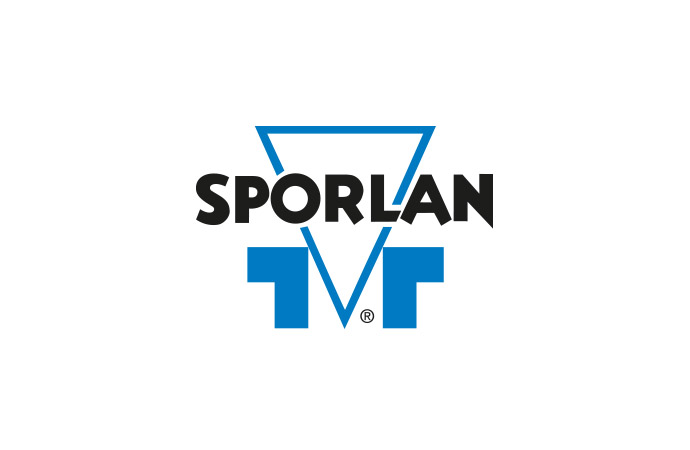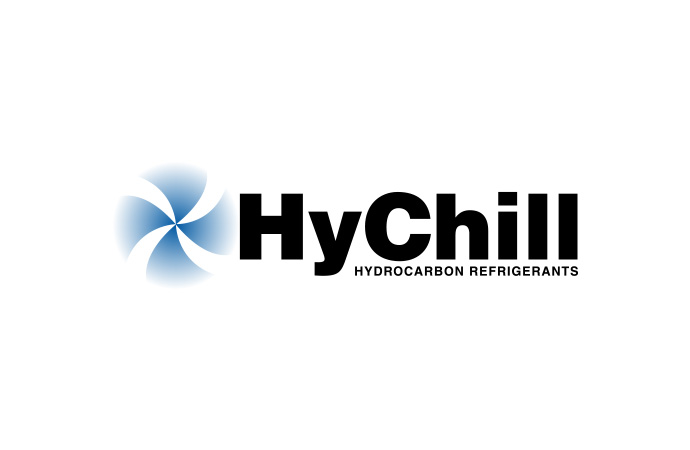Recent policy developments in both the US and the EU demonstrate the intention of regulators to set in place legislative provisions, guidelines and assessment methods to address risks from exposure to chemicals, therefore compelling the chemical industry to become more transparent. In March 2010, the US EPA provided for the first time free web access to the Toxic Substances Control Act Chemical Substance Inventory

The US and EU chemical industries will be monitored more closely and be facing mounting pressure to becoming more transparent as regards to the safety characteristics of products.
The need to strengthen and reform chemical management in the U.S.
As part of EPA administrator Lisa Jackson’s commitment to comprehensively reform outdated chemical management laws in the US so as to ensure that the safety of all chemicals currently on the market - including chemical refrigerants - are fully assessed, the EPA announced in January 2010 a series of actions on four chemicals (phthalates, short-chain chlorinated paraffins, polybrominated diphenyl ethers (PBDEs) and perfluorinated chemicals) raising serious health or environmental concerns. The EPA initiative will set a number of new precedents that the chemical industry will need to participate in and closely monitor.
Subsequently, on 15 March 2010, the US EPA announced that it is providing for the first time, web access, free of charge, to the Toxic Substances Control Act (TSCA) Chemical Substance Inventory. This inventory contains a consolidated list of thousands of industrial chemicals maintained by the agency. Until now, the consolidated public portion of the TSCA Inventory had only been available by purchase from the National Technical Reports Library or other databases. By adding the consolidated TSCA Inventory to the Agency’s website and to Data.Gov, EPA is making this information readily available to the public at no cost.
Already in September 2009, Jackson announced the release of a set of Essential Principles for Reform of Chemicals Management Legislation. These principles are provided to help inform efforts underway in Congress to reauthorise and significantly strengthen the effectiveness of TSCA, designed back in 1976 to protect trade secrets in a highly competitive chemistry industry.
The 1976 TSCA, which requires manufacturers to report to the federal government new chemicals they intend to market, exempts from public disclosure any information that could harm their bottom line. According to the EPA, when “TSCA was passed in 1976, there were 60,000 chemicals on the inventory of existing chemicals. Since that time, EPA has only successfully restricted or banned five existing chemicals and has only required testing on another two hundred existing chemicals. An additional 20,000 chemicals have entered the marketplace for a total of more than 80,000 chemicals on the TSCA inventory”. In the past several years, 95 percent of the notices for new chemicals sent to the government requested some secrecy, according to the Government Accountability Office, reports The Washington Post, indicating that secrecy has been growing out of control.
Protection against chemicals in the EU
Reflecting a growing concern that combined exposure to chemicals from different sources used for example in agriculture and industry may have adverse effects on human health, the latest (22 December) European Environment Council adopted conclusions on these combination effects. More specifically, the EU environment ministers have asked the European Commission to look at the whole array of EU chemicals policy by early 2012 at the latest to assess how and whether it addresses the risks from exposure to chemicals from multiple sources.
Discussions at the meeting of the Council focused mainly on endocrine disrupters, substances that act like hormones and disturb the normal functioning of the endocrine system, which regulates many of the body's functions and can be found in building materials, electronics, furnishings, motor vehicles, industrial coolants and lubricants among other products.
Next steps
Within 2010, the European Commission has to come up with recommendations on how EU law can tackle exposure to endocrine disruptors from multiple sources, while by early 2012, the European Commission has to assess how and whether relevant existing Community legislation adequately addresses risks from exposure to multiple chemicals from different sources and pathways, and on this basis to consider appropriate modifications, guidelines and assessment methods.
The US Congress is set to rewrite chemical regulations this year for the first time in a generation. In the coming months, US EPA will take further steps to increase transparency and make more information available to the public, including adding TSCA facility information, and the list of chemicals manufactured to the Facility Registry System (FRS). The addition of TSCA facility and chemical databases to FRS will provide the public with information on the facilities in their communities using industrial chemicals.
The need to strengthen and reform chemical management in the U.S.
As part of EPA administrator Lisa Jackson’s commitment to comprehensively reform outdated chemical management laws in the US so as to ensure that the safety of all chemicals currently on the market - including chemical refrigerants - are fully assessed, the EPA announced in January 2010 a series of actions on four chemicals (phthalates, short-chain chlorinated paraffins, polybrominated diphenyl ethers (PBDEs) and perfluorinated chemicals) raising serious health or environmental concerns. The EPA initiative will set a number of new precedents that the chemical industry will need to participate in and closely monitor.
Subsequently, on 15 March 2010, the US EPA announced that it is providing for the first time, web access, free of charge, to the Toxic Substances Control Act (TSCA) Chemical Substance Inventory. This inventory contains a consolidated list of thousands of industrial chemicals maintained by the agency. Until now, the consolidated public portion of the TSCA Inventory had only been available by purchase from the National Technical Reports Library or other databases. By adding the consolidated TSCA Inventory to the Agency’s website and to Data.Gov, EPA is making this information readily available to the public at no cost.
Already in September 2009, Jackson announced the release of a set of Essential Principles for Reform of Chemicals Management Legislation. These principles are provided to help inform efforts underway in Congress to reauthorise and significantly strengthen the effectiveness of TSCA, designed back in 1976 to protect trade secrets in a highly competitive chemistry industry.
The 1976 TSCA, which requires manufacturers to report to the federal government new chemicals they intend to market, exempts from public disclosure any information that could harm their bottom line. According to the EPA, when “TSCA was passed in 1976, there were 60,000 chemicals on the inventory of existing chemicals. Since that time, EPA has only successfully restricted or banned five existing chemicals and has only required testing on another two hundred existing chemicals. An additional 20,000 chemicals have entered the marketplace for a total of more than 80,000 chemicals on the TSCA inventory”. In the past several years, 95 percent of the notices for new chemicals sent to the government requested some secrecy, according to the Government Accountability Office, reports The Washington Post, indicating that secrecy has been growing out of control.
Protection against chemicals in the EU
Reflecting a growing concern that combined exposure to chemicals from different sources used for example in agriculture and industry may have adverse effects on human health, the latest (22 December) European Environment Council adopted conclusions on these combination effects. More specifically, the EU environment ministers have asked the European Commission to look at the whole array of EU chemicals policy by early 2012 at the latest to assess how and whether it addresses the risks from exposure to chemicals from multiple sources.
Discussions at the meeting of the Council focused mainly on endocrine disrupters, substances that act like hormones and disturb the normal functioning of the endocrine system, which regulates many of the body's functions and can be found in building materials, electronics, furnishings, motor vehicles, industrial coolants and lubricants among other products.
Next steps
Within 2010, the European Commission has to come up with recommendations on how EU law can tackle exposure to endocrine disruptors from multiple sources, while by early 2012, the European Commission has to assess how and whether relevant existing Community legislation adequately addresses risks from exposure to multiple chemicals from different sources and pathways, and on this basis to consider appropriate modifications, guidelines and assessment methods.
The US Congress is set to rewrite chemical regulations this year for the first time in a generation. In the coming months, US EPA will take further steps to increase transparency and make more information available to the public, including adding TSCA facility information, and the list of chemicals manufactured to the Facility Registry System (FRS). The addition of TSCA facility and chemical databases to FRS will provide the public with information on the facilities in their communities using industrial chemicals.
MORE INFORMATION
Related stories










